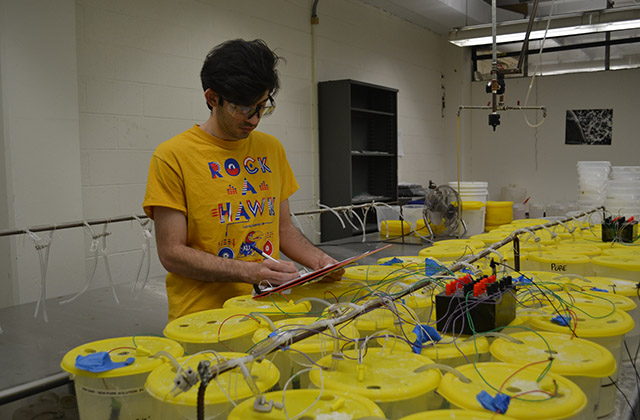Guide to Work Visas After You Graduate
If you want to get a job working in the United States after graduation, you’ll need to apply for a work visa. Your F-1 student visa will expire 60 days after graduation. At the end of that time, you must take one of three actions:
- Return to your home country,
- Enroll in another college program to advance your studies,
- Enroll in an OPT program or get a work visa.
Don’t wait until graduation to apply for your work visa. Understand the process and get started as soon as possible. This guide will explore the most common types of work visas available to international students and new graduates.
Optional Practical Training
Optional Practical Training (OPT) extends your F-1 status for up to one year, allowing you to gain practical experience in your area of study. You may work full- or part-time. An OPT application can take several months, so start your application at least a few months before graduation.
To apply for OPT, you’ll need to ask your designated school official to recommend you. You’ll also need to file a Form 1-765 and pay the appropriate fee. Any international student who has been enrolled at a college or university for at least one academic year is eligible to apply. OPT does not require a sponsor.
If you would like to work in the United States long-term, you might want to use your OPT to get an internship or job with an organization known to sponsor international employees for work visas. That way, you can start building relationships long before you need sponsorship.
OPT is available even before you graduate, but keep in mind that you only get 12 months of OPT total. So, if you worked for six months before graduation you’ll only have six months of OPT left after graduation.
Students who earned a degree in Science, Technology, Engineering or Math may qualify for a longer OPT period. If your degree is included on the list from The US Citizenship and Immigration Services, you may be able to extend your OPTfor an additional 24 months
H-1B Non-Immigrant Visa
An H-1B Non-immigrant Visa will allow you to stay and work in the United States for up to three years. To get this type of Visa, you’ll need three things:
-
- Sponsorship from a U.S. employer
- A bachelor’s degree
- A job related to your area of study
Your H-1B can be extended for an additional three years, but you can only get one extension. That means that, after 6 years, you will need to either leave the United States or apply for citizenship.
Sponsorship from a U.S. employer means that a US-based company has agreed to file the appropriate forms and pay the related fees to allow you to stay in the United States. Only 65,000 H-1B Visas are granted each year, with an additional 20,000 visas available to graduates with Master’s or other advanced degrees.
Most people applying for a H-1B hold bachelor’s degrees, which means that these applications can take the longest to process. It also means that some applicants won’t be approved. But you can increase your odds of success by doing these things:
- Start talking about visas as soon as possible during your job hunt.
- Look for jobs with organizations that already sponsor international employees.
- If you apply at a company that doesn’t already have international employees, let them know up front that you need sponsorship.
The best advice for students who want to work in the United States after graduation is: start thinking about your visa status as early as possible. Talk to your college’s International Student Affairs office to navigate the process.
